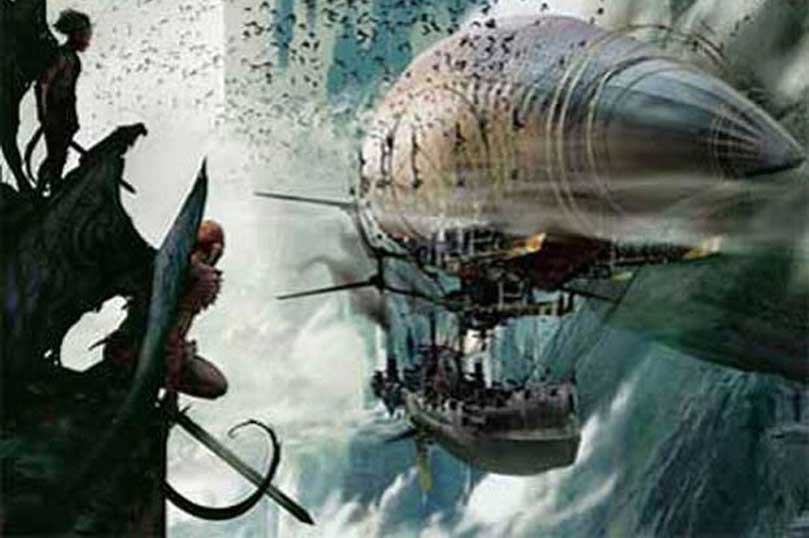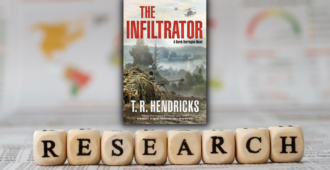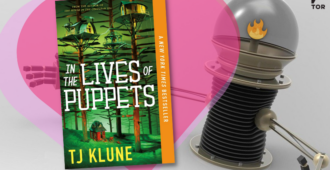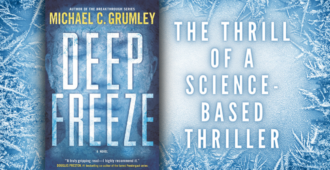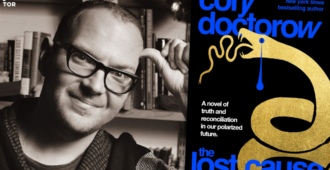
By Jay Lake
Mainspring dropped into my lap fully formed. At least in a sense. Book ninjas did not deliver the manuscript to my desk all complete and nicely formatted, of course. Doing that is the work of any novelist. But the idea, now there is another story.
I’ve always been fascinated by clockwork, machines, lost technology. The Antikythera mechanism is one of the coolest things I’d ever heard of. The orreries of the eighteenth century are marvels of design and execution.
Such hubris, to render the universe in a handful of gears and bright brass balls. Forward in time we have the Babbage engine and the complex world of fine watchmaking. Like many people, I feel a magpie attraction to things which fit together, slide round one another, the tiny gears and giant cogs of life.

These days, all that has gone from a metaphor of precision to a metaphor for the supposed unrelenting drudgery of modern times. Charlie Chaplin said it best, perhaps.
So here I have gears in my head, and a sense of them in the world at large. And here I am at the Oregon Coast Professional Writers’ Workshop, an irregular series of very intense programs put on by Kristine Kathryn Rusch and Dean Wesley Smith, with an assist from Loren Coleman and a rotating cast of peripatetic industry pros. Kris and Dean spent a day hammering book proposals into our heads, then told us to produce two proposals overnight, for discussion and review.
Being me, I produced six. Wrote each of them in a different way, too. Mainspring was one of those six. All the gears in my head, and two millennia of mechanical history, coalesced as one forty-five minute stretch of writing out of an evening’s fevered work.
 It was all there right at the beginning—Hethor, the Wall, the gears of heaven. Making it work was another issue entirely. When it came time to write the novel, I read books on the history of clockmaking, timekeeping, calendars. From them I salted the names of minor characters with the great timekeepers and horologists of history. I consulted with an aerospace engineer as to how best to arrange the heavens. His response was mind-bogglingly complex, albeit gorgeous. Then I threw his advice away because reality is no excuse, especially when writing science fantasy. I bought a desktop miniglobe so I could trace Hethor’s journey and know which hand the African coast was on at any moment.
It was all there right at the beginning—Hethor, the Wall, the gears of heaven. Making it work was another issue entirely. When it came time to write the novel, I read books on the history of clockmaking, timekeeping, calendars. From them I salted the names of minor characters with the great timekeepers and horologists of history. I consulted with an aerospace engineer as to how best to arrange the heavens. His response was mind-bogglingly complex, albeit gorgeous. Then I threw his advice away because reality is no excuse, especially when writing science fantasy. I bought a desktop miniglobe so I could trace Hethor’s journey and know which hand the African coast was on at any moment.
In other words, like any novel, the writing process was almost as epic as the story itself. But the idea was always there. What if Creation were real, the Renaissance conception of God the Watchmaker in place and to hand? Yet He Himself was absent? That would be the opposite of our world, where faith is a matter of, well, faith, and God is for the most part seen only by those looking for him. In my world, there are no atheists, only dissenters. And everything runs like the clockwork of proverbial wit.
Still, it all rises from the overread and overfed imagination of the child I was and the man I became. And that all came to me one night in a flash. Which I am convinced is how the best ideas work.
Mainspring (978-0-7653-5636-9, $7.99) is the first book in the Clockwork Earth series. The series continues with Escapement (978-0-7653-5637-6, $7.99) and Pinion (978-0-7653-2186-2, $7.99). Jay Lake can be found online at jaylake.com.
…………………………
From the May 2008 issue of the Tor Newsletter. Sign up to receive our newsletter via email.

